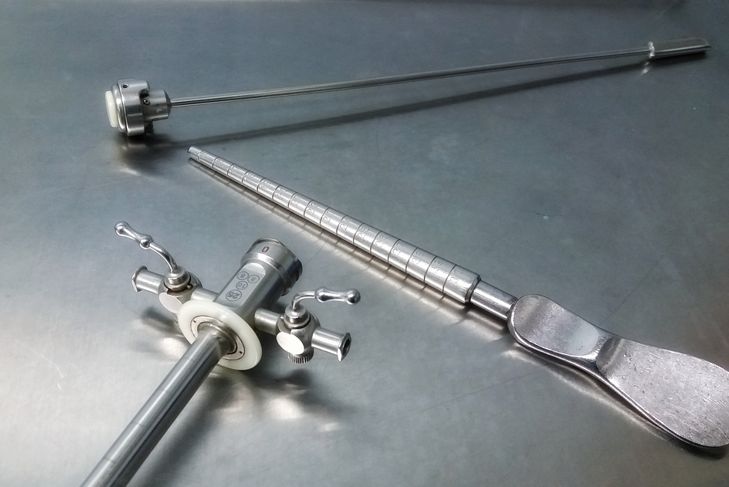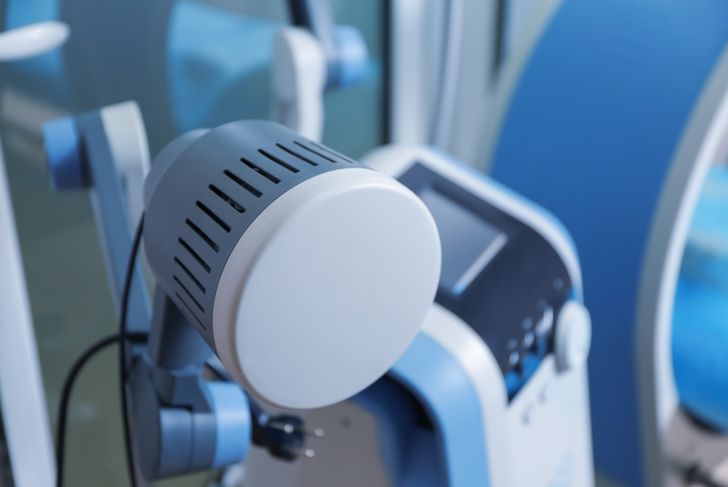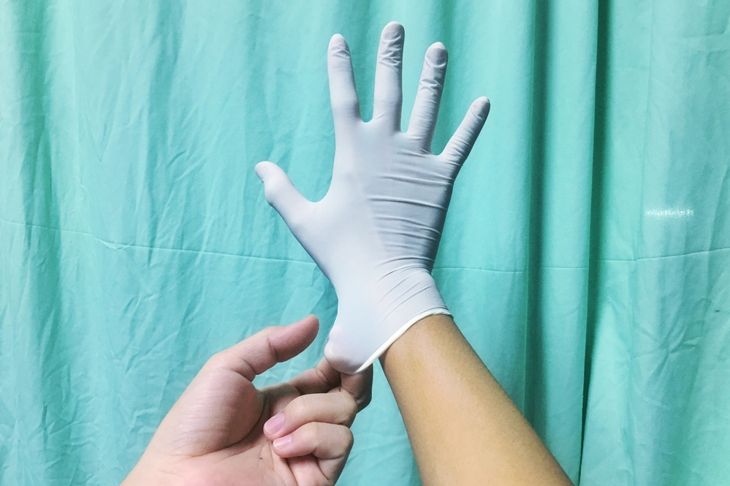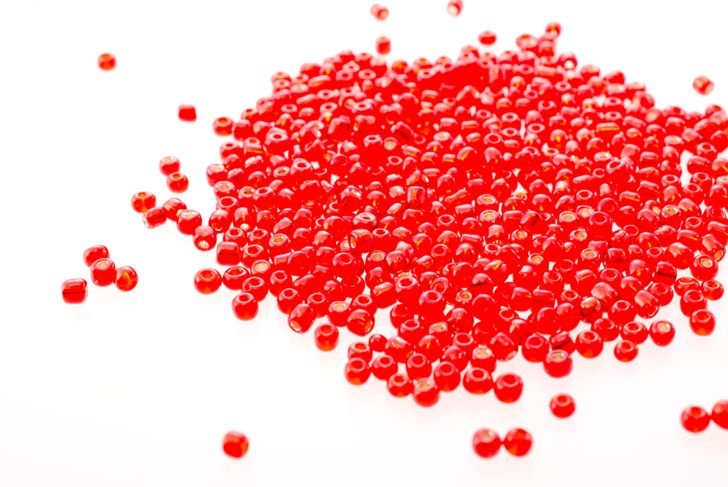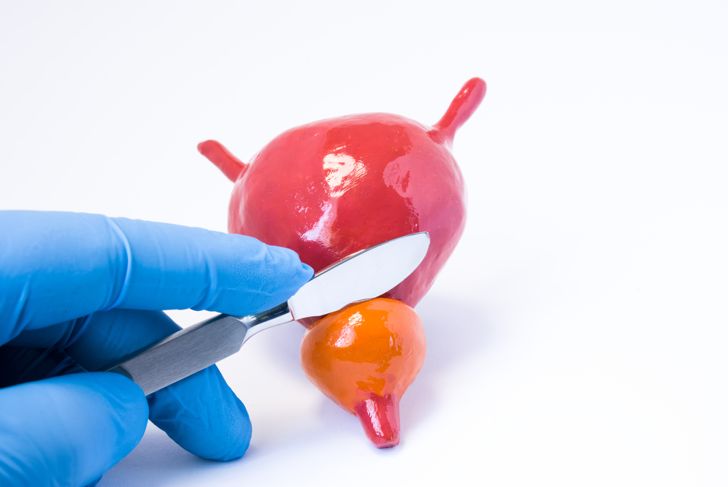Benign Prostatic Hyperplasia (BPH) is the technical term for an enlarged prostate gland. BHP occurs most often in older men and is known to cause urinary problems. It makes urinating difficult by limiting the stream of urine, and can also lead to more serious kidney and bladder problems. The condition can be confused with other urinary problems, therefore it is important to pay attention to symptoms and give a clear description to your physician. BPH is typically easy to treat. There are several treatment options available from home treatments to advanced medical procedures.
Medications
Medications are usually the first course of treatment for symptoms of BPH. The most common type of medication used is in a class called Alpha blockers. They relax the bladder muscles and fibers in the prostate, making urination easier. They are known to work especially well in men with smaller prostates. As with all medications, there can be side effects such as dizziness and backflow of semen into the penis. Your doctor will review your current medications and work with you to find the correct medication for your needs.
Surgical Therapy
Sometimes, medication does not resolve BPH symptoms. In such cases, there are several minimally invasive surgical procedures available to help. Doctors may recommend these procedures if you have had bladder stones, blood in urine, or any other kind of kidney problems associated with BPH. Side effects of these surgeries can include difficulty urinating, urinary tract infections, erectile dysfunction, temporary bleeding, and semen backflow. The different types of surgeries are detailed in the next few sections.
Transurethral Incision
One of the least invasive surgical options is Transurethral Incision. The doctor places a tiny scope into the urethra and makes a few small incisions in the prostate. This is a suitable treatment option for people with small to moderately enlarged prostates. It is also beneficial for patients with medical issues like hemophilia. It is a low-risk and generally safe surgery.
Transurethral Microwave Thermotherapy
There exist several interesting procedures including, yes, microwave technology. A common procedure successful in treating BPH is Transurethral Microwave Thermotherapy. During the procedure, the surgeon places a tiny electrode in the urethra. Microwave energy then destroys the inner part of the enlargement. This procedure works best in smaller prostrates, and re-treatment is sometimes required. Results of this surgery are not immediate.
Resection of the Prostate
One of the most common problems with BPH is disruption of normal urinary function. A procedure called Transurethral Resection of the Prostate (TURP) can alleviate this problem. The doctor places a small scope into the urethra removes the prostate, leaving only the outer portion of the gland. TURP is a standard surgery that offers fast results, quickly improving urine flow. Recovery usually requires the use of a catheter for a day or two.
Transurethral Needle Ablation
Another excellent option for BPH symptom relief is Transurethral Needle Ablation. The surgeon uses a scope to place needles in the prostate gland. The needles emit radio waves that heat and destroy the enlarged part of the prostate. The procedure is minimally invasive, so it’s another good option for people with pre-existing conditions. Again, however, symptoms may take a while to improve.
Laser Therapy
The laser is another technology that has had great results in medical procedures. Laser therapy in BPH has a high rate of success, relieving symptoms quickly with little to no side effects. A doctor may recommend such treatments to people with conditions that require blood-thinning medication. Ablative laser surgery removes some of the enlarged tissue in the prostate, whereas enucleative laser procedures usually remove the entire prostate.
Prostate Lift
Prostate lifts are not a very common procedure, and further review of medical data will determine the long-term results of this surgical procedure. The surgery involves using tags on the prostate to compress (lift) the sides of it. It is said to increase urine flow, but it is still experimental as there is not enough information on its effectiveness.
Prostatic Artery Embolization
Embolization is another experimental prostate procedure. This high-tech procedure places tiny beads into the arteries that bring blood to the prostate. The beads restrict blood flow, causing the prostate to shrink. A special radiologist performs this surgical procedure. It is generally considered effective in the short term, but long-term data is still pending.
Open Prostatectomy
When symptoms do not respond to other procedures or medications, a doctor may recommend complete removal of the prostate. To begin with, an open prostatectomy requires an incision in the abdomen. The prostate is located and removed, sometimes using robot-assisted technology. This procedure is a bit more invasive and therefore requires a hospital stay. Patients with very large prostates, as well as those with other contributing medical factors are the most common recipients of this procedure.

 Home
Home Health
Health Diet & Nutrition
Diet & Nutrition Living Well
Living Well More
More

